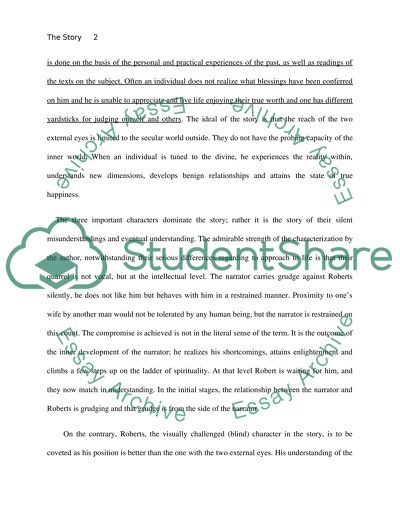Cite this document
(“Read the observation then apply to the story Cathedral by Essay”, n.d.)
Retrieved from https://studentshare.org/literature/1477775-read-the-observation-then-apply-to-the-story
Retrieved from https://studentshare.org/literature/1477775-read-the-observation-then-apply-to-the-story
(Read the Observation Then Apply to the Story Cathedral by Essay)
https://studentshare.org/literature/1477775-read-the-observation-then-apply-to-the-story.
https://studentshare.org/literature/1477775-read-the-observation-then-apply-to-the-story.
“Read the Observation Then Apply to the Story Cathedral by Essay”, n.d. https://studentshare.org/literature/1477775-read-the-observation-then-apply-to-the-story.


